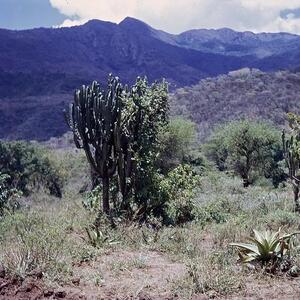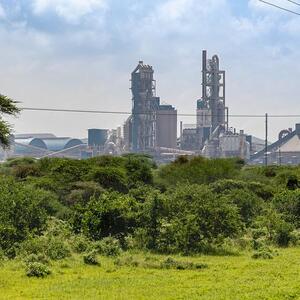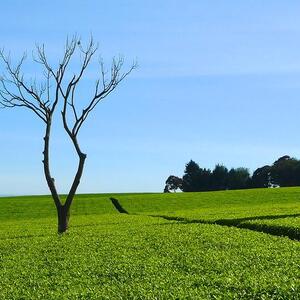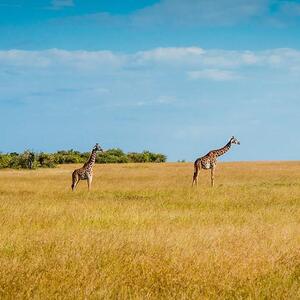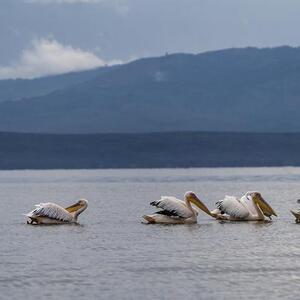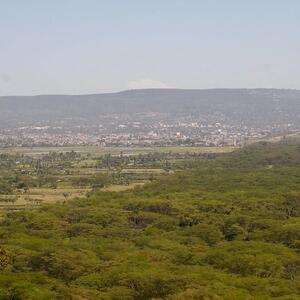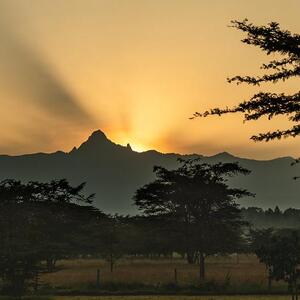The erstwhile Rift Valley Province had been subdivided into several counties under the devolved system of government. The Rift Valley region in Kenya, encompassing various counties, features diverse landscapes, fertile soils supporting agriculture, and cultural diversity with communities like the Kalenjin and Maasai. It attracts tourists with natural attractions and wildlife, while facing challenges such as periodic droughts and land-use conflicts. Geography: The Rift Valley Province, now represented by various counties, is named after the Great Rift Valley, a geological feature that runs through the region. It is known for its diverse landscapes, including highlands, escarpments, lakes, and fertile agricultural areas. Counties: Some of the counties that were part of the former Rift Valley Province include Nakuru, Baringo, Laikipia, Narok, Kericho, Bomet, Elgeyo-Marakwet, and Uasin Gishu, among others. Each county has unique characteristics and economic activities. Population and Culture: The Rift Valley region is home to several ethnic groups, including the Kalenjin, Maasai, Kikuyu, Luo, and others. Each community has its cultural practices, languages, and traditions that contribute to the region's cultural diversity. Economic Activities: Agriculture is a major economic activity in the Rift Valley, with fertile soils supporting the cultivation of crops such as maize, wheat, barley, vegetables, and fruits. Livestock farming, including cattle, sheep, and goats, is also significant. Additionally, the region has tourism potential due to its natural attractions like Lake Nakuru, Hell's Gate National Park, and the Maasai Mara National Reserve. Tourism: The Rift Valley region attracts tourists from around the world who come to explore its natural beauty, wildlife, and cultural heritage. Tourist activities include game drives, bird watching, hiking, hot air balloon safaris, and visits to cultural villages to learn about traditional lifestyles. Infrastruct

